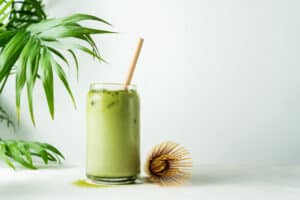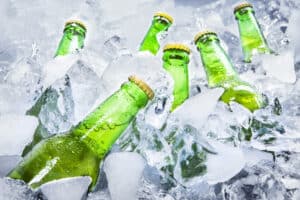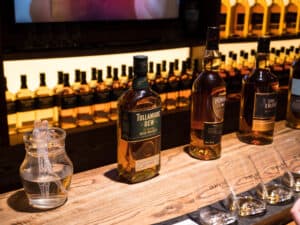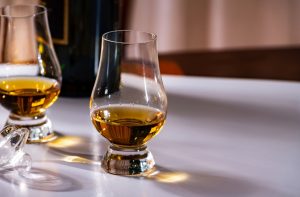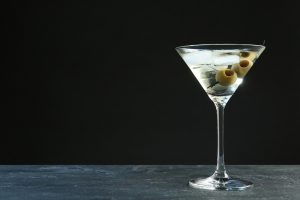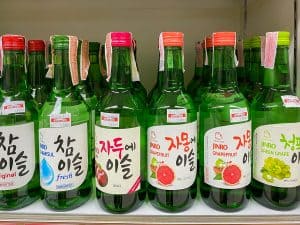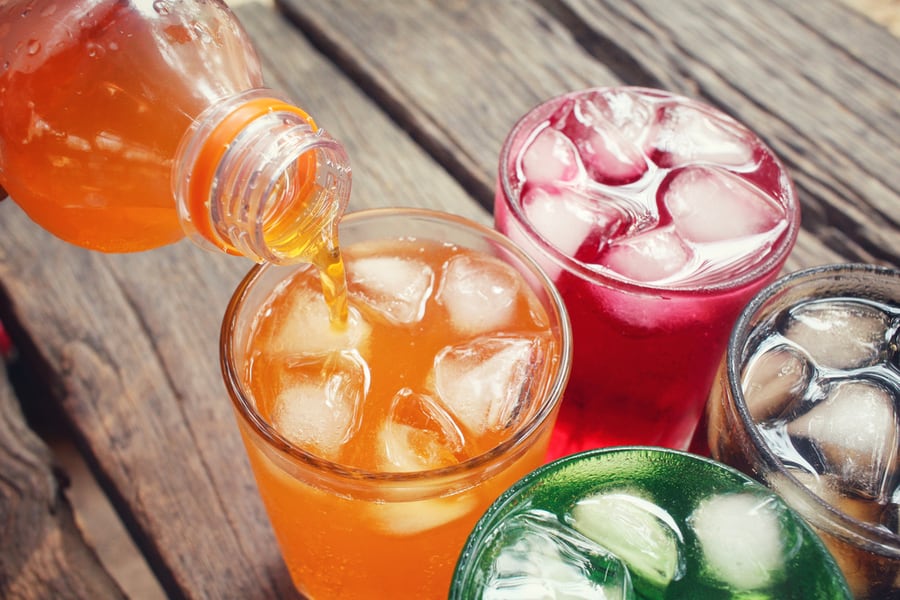
We’ll go on a linguistic journey to discover the origin of terms like “soda” and “soft drink.” Soda is water with bubbles in it. It’s also a key element in the manufacture of soft drinks.
In reality, fizzy drinks are generally recognized as soda. Is it permissible to use the terms interchangeably? Yes, because we can’t make soft drinks without soda, the answer is unequivocal.
At the root level, a soft drink is (a) non-alcoholic and (b) carbonated. We can use the terms soda and soft drink interchangeably, and everyone will understand you. Other terms include “pop,” “soda pop,” “fizzy drink,” or even coke (although Coke is actually the nickname for Coca-Cola—more on this later).
In this article, we’ll examine why soda is called a soft drink. Also, we’ll go through the history of soda water—the precursor to soda and soft drinks before delving into what soda is. Afterward, we’ll explore the regional differences between pop, soda, and coke.
Why Is Soda Called a Soft Drink?
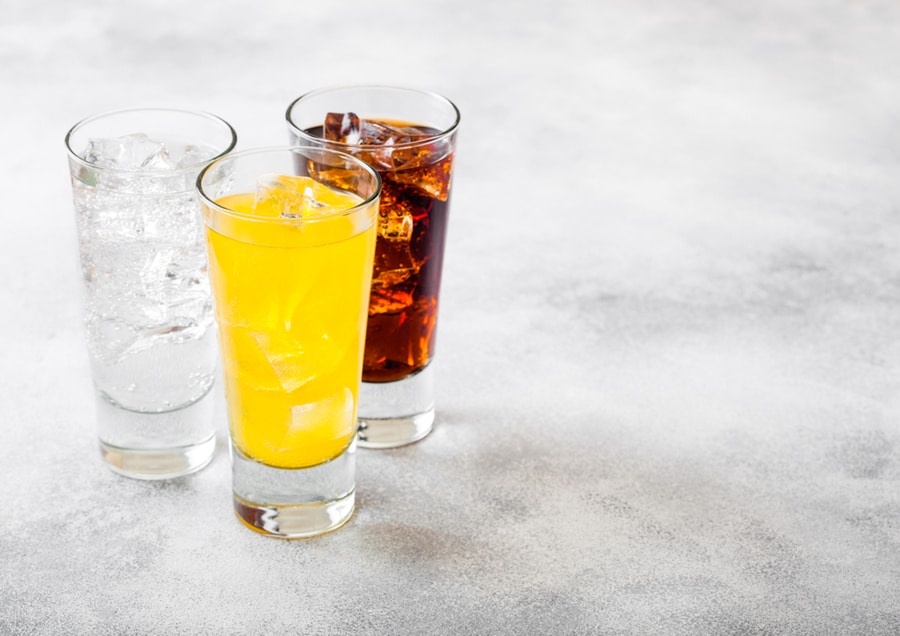
A soft drink, unlike a hard drink, does not contain alcohol. Today the name “soft drink” is used solely for flavored, carbonated beverages. This is because of advertising.
Flavored carbonated beverage manufacturers were having difficulty developing nationwide marketing since the name of their product differs from place to place.
Flavored carbonated beverages, for example, are known as “pop” in some areas of the United States and Canada, “soda” in others, “coke” in still others (as we explained above), and several other names.
If we go worldwide with the advertising, these beverages are known as “fizzy drinks” in England and “minerals” in Ireland.
Brief History of Soda and Soft Drinks
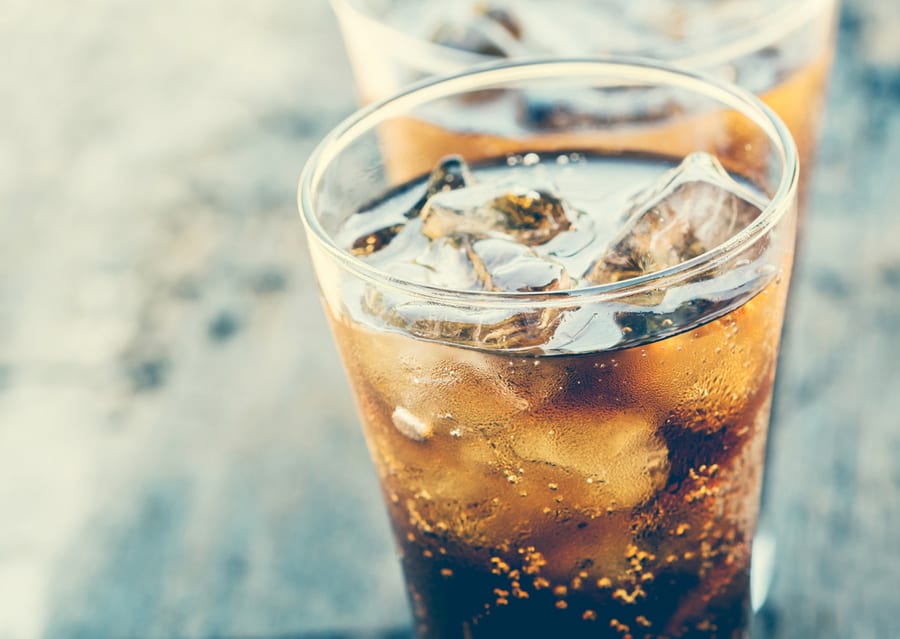
Natural mineral water had some carbonation due to the reaction between water dissolving limestone and resulting in carbon dioxide bubbles. Since Roman times, natural mineral waters have been regarded to have healing properties.
To carbonate water, pioneering soft-drink designers utilized chalk and acid, intending to replicate such health-enhancing characteristics in the laboratory.
If we look at history, carbonated beverages like champagne and beer have been around for centuries. However, non-alcoholic carbonated beverages, sodas, and soft drinks have a much shorter footprint in history.
The first non-carbonated soft drinks appeared around the seventeenth century.
Here’s a quick historical timeline to put it all into perspective, drawn and adapted from Thought Co.:
- 1760–the 1770s: Joseph Priestley and Torben Bergmann independently develop carbonation techniques.
- 1783–89: Jacob Schweppe began bottling and selling seltzer in Geneva and later in London, effectively starting the modern soda or soft drink business.
- 1798: The term “soda water” was coined for carbonated water.
- 1800: Benjamin Silliman produces soda water commercially and distributes it through “soda fountains.”
- 1810: Simmons and Rundell of Charleston, South Carolina, received the first U.S. patent for manufacturing artificial mineral water.
- 1819: Samuel Fahnestock patented the first “soda fountain.”
- 1835: The first soda water was bottled in the U.S.
Townsend Speakman invented the first flavored carbonated drinks in the United States in 1807. The goal of adding flavor was to improve the taste and boost mineral water’s purported inherent healing powers.
Birch bark, dandelions, ginger, lemon, coca, and kola were all popular additions. The latter two ingredients, coca leaf extract and caffeine from the kola nut, are the base for the Coca-Cola recipe and soft drink.
Dr. John Styth Pemberton, a pharmacist from Atlanta, Georgia, developed the drink in May 1866. Dr. Pemberton’s syrup was combined with carbonated water to create a refreshing drink.
Before modern technology arrived, manufacturers had difficulty keeping the fizziness inside the bottles and allowing people to take their beverage home.
Producers and inventors submitted over 1500 cork and other bottle cap patents to prevent carbonated drinks from losing their effervescence too soon.
Finally, in the United States in 1891, William Painter devised the “crown cork,” which provided the first genuinely effective, mass-producible method of preventing carbonation from leaking from packaged carbonated beverages.
Glass bottles, however, had to be produced by hand by glass blowers at the time of its innovation.
This changed in 1899 with the advent of an automated glass-blowing machine, which raised yearly glass bottle output in the United States from roughly 1500 bottles per day to 57,000 bottles per day in a relatively short time.
This reduced the price even lower and helped launch bottled soda drinks. For the first time, consumers could purchase carbonated beverages that they could keep at home.
What Is a Soda?
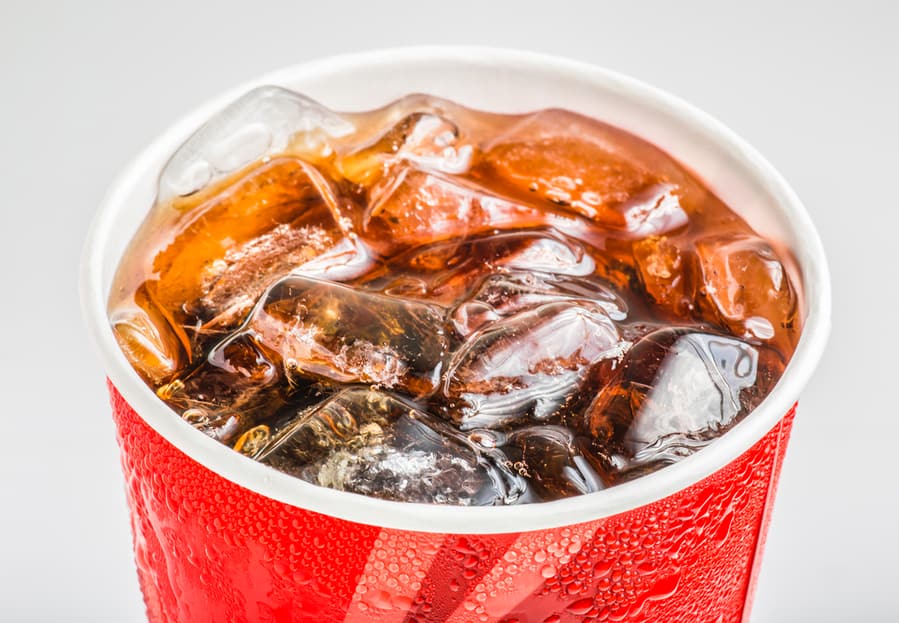
Soda or carbonated water is just a container containing water and carbon dioxide. But, if water’s chemical composition structure is only Hydrogen and Oxygen, or H2O, where does the carbon dioxide (CO2) originate from?
Carbonation, or carbon dioxide gas, must be injected into the water. Beverage companies inject CO2 gas into the water at a pressure of 1200 pounds per inch.
This pressure level is comparable to the Great Polar Bear’s biting force.
Pop vs. Soda vs. Coke—Are They the Same?
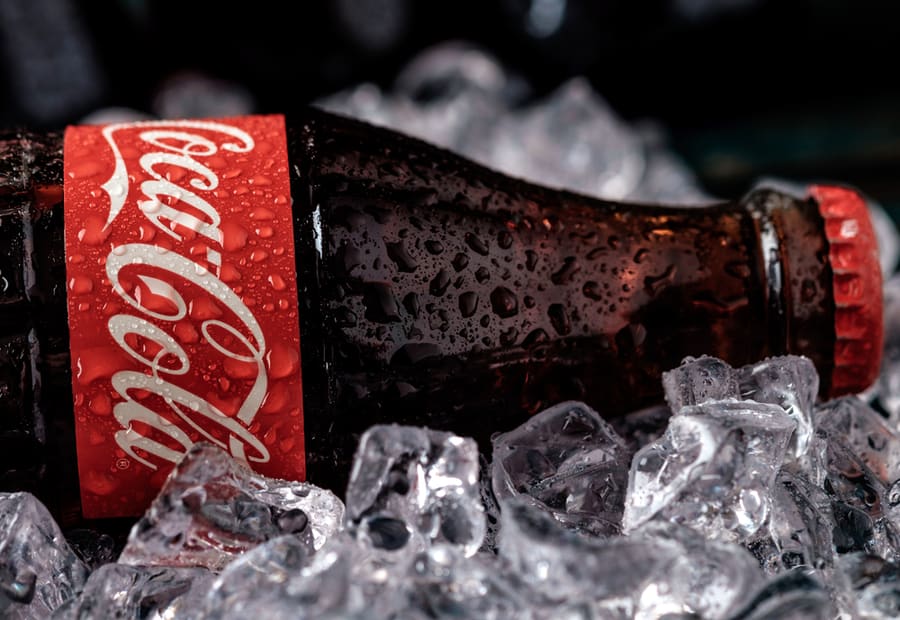
Depending on where you’re from, you may refer to soft drinks as “soda,” “pop,” or even “coke” (even though it is not Coca-Cola).
The term “soda” is commonly used in the Northeast, Missouri, Illinois, and some areas of California, according to Dr. Jerry D. Wilson. The term “soda” is derived from the old tradition of using sodium bicarbonate to make fizzy drinks.
Originally, “pop” referred to the sound a carbonated beverage would make when you opened the bottle—you’d hear a pop sound. And this is, of course, also an onomatopoeia referring to a sound in terms of a word.
“Coke,” the shortened version of Coca-Cola, entered the scene much later in the early 1900s.
The Coca-Cola company predicted that “coke” would become synonymous with all kinds of carbonated drinks instead of being a shortened name or even nickname for their product. Fears were further fueled that sales would drop.
Coca-Cola led an ad campaign to encourage consumers to ask for it by its real name: “Coca-Cola: Ask for it by its full name – then you will get the genuine.”
However, in the southern states, all soda or fizzy drinks are still referred to as coke. Look at this map to see the regional differences when referring to carbonated soft drinks.
Conclusion
The answer can be summed up in one word: advertising. That’s all. The public adopted the term soft drink when referring to sodas because it was not hard drink containing alcohol.
Advertisers had to accommodate the fact that they could not refer to their product generically in international and local marketing campaigns due to the variety of names.
These manufacturers have adopted the phrase “soft drink” to be a more or less catchall phrase for all kinds of non-alcoholic flavored carbonated drinks.



